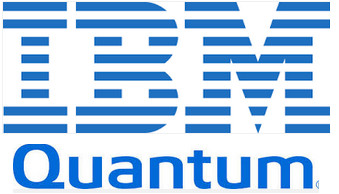By Prakhar Singh (BPCL)
The oil and gas industry is known for opting cutting edge technology and digital innovation. Recently in October 2019, researchers at Google/ UC Santa Barbara John Martinis’ group claimed that they have achieved quantum supremacy, the milestone in which a quantum computer has solved a problem in 200 seconds that would take even the very best conventional computing machine thousands of years to crack.
Parallel processing and classical computing fall short in being able to optimize oil-rig operations, such as increasing production while applying safety-related issues and other constraints. The more variables and observations, the less likely it is for today’s computers to analyze the data promptly and optimize. Current constraints are leaving hydrocarbons underground and billions of dollars on the table. Oil rigs are equipped with thousands of sensors (about 30,000), generating about 1.5 terabytes of data each day.
In current global scenario, crude oil is one of the most dynamic commodity price wise and which in turn directly affects the oil pricing. Usually Oil and Gas Company hedges the exposure by using financial derivatives like- futures, options, swaps, etc. Particularly, when crude market seems bullish, companies go for call option on crude to protect itself from rising prices.
On contrast, in case of bearish crude market put option is favored option. MCX (Multi Commodity Exchange of India Ltd) has recently launched crude oil options, which is India’s first crude Oil Options Contract.
The major setback for improving the traditional computing is that the traditional computing technology follows the Moore’s law that states that the number of transistors in a microprocessor doubles approximately in every two years. Hence, the industry finds smaller and smaller fabrication methods. Currently, the smallest chip architecture is based around 14 nm and 10 nm chip. But Moore’s law will soon come to an end when it will hit the 5 nm chip fabrication because from there on quantum interference (tunneling) effect will start to dominate.
In this context, quantum computing gains importance which combines computer science with quantum mechanics. When compared to a classical computing, it has been shown that exponential speed up can be achieved by simulating quantum mechanics on a quantum computer. While algorithms on classical computers use iterative methods to arrive at optimal solutions, quantum algorithms approach the problem through an entirely different stochastic and inherently parallel processing approach.
About 36% of oil and Gas companies around the world are already investing in financial analytics which makes quantum computing one of the most promising technology to keep an eye on. Department of Science and Technology (DST), Government of India has already initiated a new directed research program on “Quantum Information Science and Technology” (QuST).
This review focuses on use of quantum computational algorithms and techniques to calculate implied volatility (IV) of an option contract using quantum versions of Monte Carlo simulations and Black–Scholes–Merton model that show great promise for rapid transformation in many important areas of oil and gas industry including financial derivatives (option pricing models). Predictive Analysis of prices helps out in forecasting the market trends and Derivative Pricing Models assists companies in taking decisions for opting with the preferred derivative. The problem of estimating implied volatility or expected spot price can very well be expressed in quantum framework and accordingly can be attempted to solve using Quantum computing which is much efficient and effective in solving such problems against classical computing.

